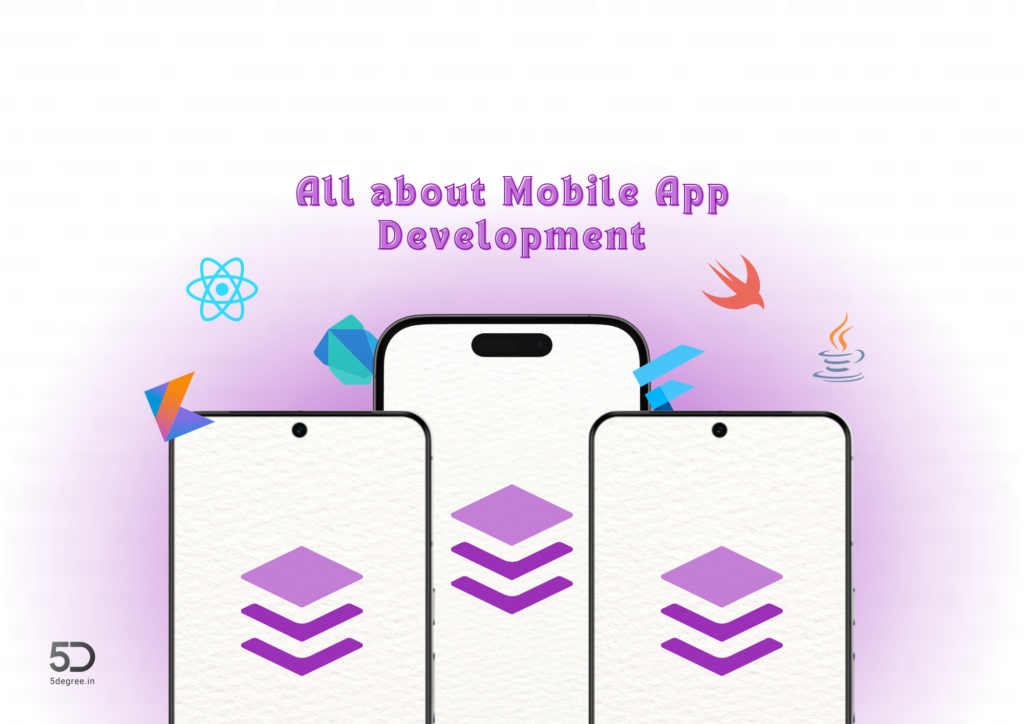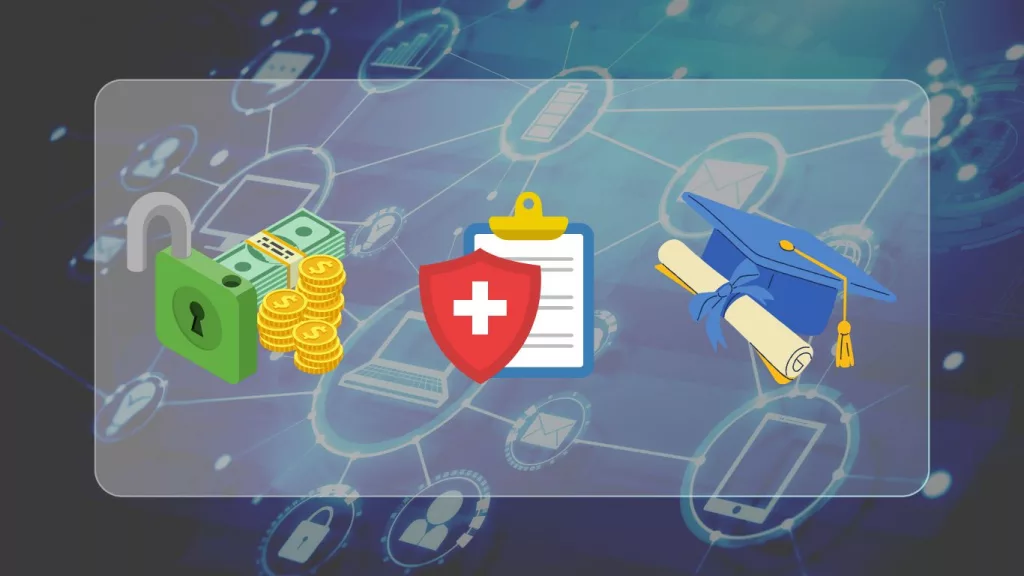So, you’ve been thinking about getting into mobile app development, huh? Maybe you’ve got this killer idea that you’re convinced will blow up in the app store, or maybe you just want to learn a new skill that’s pretty much ruling the world right now. Either way, mobile app development is where it’s at, and if you’re serious about diving in, you’re in the right place. In this blog, we’re going to break down everything you need to know to get started—from the tools of the trade to the nitty-gritty of launching your app. Stick around, and let’s get that million-dollar app idea rolling.
What Is Mobile App Development?
Before we dive into how you can start developing your own app, let’s talk about what mobile app development really is. It’s not just about writing code and praying that your app doesn’t crash (although there’s a bit of that, too). It’s about designing, building, and continuously improving an application that runs on mobile devices like smartphones and tablets. Whether it’s the next big social media platform or a simple productivity tool, mobile apps are shaping how we interact with technology every day.
How Can You Start Mobile App Development?
Starting your journey in mobile app development might seem like climbing Everest, but trust me, it’s more like hiking a steep hill—you’ll get there with the right steps. First, you need to settle on an idea. Maybe you want to create a game, or perhaps a utility app to solve a specific problem. Whatever it is, having a clear vision from the start will guide you through the process.
Next, it’s time to pick your tools. The good news is, there are plenty of platforms out there that cater to beginners and pros alike. You’ll need a development environment, like Android Studio or Xcode, depending on whether you want to create apps for Android or iOS. Or, if you’re looking for something that can handle both, you might want to check out Flutter, a popular framework that allows you to build apps for both platforms simultaneously.
The Process: How Is a Mobile App Developed?
Developing a mobile app is like baking a cake. You can’t just throw ingredients together and hope for the best; there’s a process to follow. The first step is planning—this is where you define what your app will do, who it’s for, and how it will look. Sketch out the interface, outline the features, and make sure you’ve got a clear roadmap before you start coding.
Once you’ve got your plan, it’s time to design. You’ll want to create a user interface (UI) that’s not just pretty, but also functional and easy to navigate. Then comes the coding phase—this is where your app comes to life. Using your chosen development environment, you’ll write the code that makes your app tick. After that, it’s all about testing and debugging, making sure your app works flawlessly before you send it out into the world.
What Is Required for Mobile App Development?
If you’re serious about getting into mobile app development, there are a few things you’re going to need. First off, a decent computer is a must—something that can handle the demands of running development environments and simulators. You’ll also need a good internet connection for downloading software, libraries, and resources.
But beyond the physical tools, you’re going to need a solid understanding of programming languages. For Android apps, Java or Kotlin are your best bets. If you’re developing for iOS, you’ll want to learn Swift or Objective-C. And if you’re aiming for a cross-platform app, frameworks like Flutter (using Dart) or React Native (using JavaScript) will be your go-to.
Can You Develop Your Own App?
Absolutely! With the resources available today, anyone can develop their own app, even if you’ve never written a line of code before. There are tons of online courses, tutorials, and communities ready to help you learn. Platforms like Udemy, Coursera, and YouTube offer step-by-step guides to get you started. Moreover, there are drag-and-drop app builders out there that don’t require any coding knowledge.
Can You Create an App Without Coding?
Yes, you can! If coding feels like an alien language, don’t worry—there are plenty of tools out there that allow you to create an app without writing a single line of code. Platforms like Appy Pie, BuildFire, and Thunkable provide easy-to-use interfaces where you can drag and drop elements to build your app. While these platforms might limit your customization options, they’re perfect for getting a simple app up and running quickly.
Is Creating a Mobile App Easy?
Let’s be real—developing an app isn’t exactly easy, but it’s not rocket science either. It takes time, patience, and a willingness to learn. The first app you create might take a while, and it’s probably going to be a bit rough around the edges. But as with anything, practice makes perfect. The more you do it, the easier it gets. And let’s not forget the massive sense of accomplishment you’ll feel when you see your app live on the app store.
Which Tools Are Best for Mobile App Development?
Choosing the right tools is crucial in mobile app development. If you’re just starting out, you’ll want something that’s user-friendly but still powerful. For Android apps, Android Studio is the official IDE and offers a comprehensive set of tools for app development. For iOS, Xcode is the way to go, offering everything you need to build, test, and launch your app.
If you’re interested in developing apps for both Android and iOS with a single codebase, Flutter is a great choice. Another solid option is React Native, which is maintained by Facebook and allows you to build native apps using JavaScript.
How Do You Launch an App?
Now, it’s time to launch. First, you’ll need to set up developer accounts on the platforms you’re targeting—Google Play for Android apps and the App Store for iOS. There’s usually a small fee involved, but it’s worth it to get your app out there.
Next, you’ll need to package your app and upload it to the respective app stores. This process involves filling out some forms, uploading screenshots, writing a description, and setting your app’s price (or offering it for free). Once you hit submit, your app will go through a review process, which can take a few days to a week. If everything checks out, your app will go live for the world to see.
Conclusion
Mobile app development might seem like a daunting task, but with the right tools and mindset, it’s entirely doable. Whether you’re coding from scratch or using a drag-and-drop builder, there’s no limit to what you can create. Just remember, every app started with an idea and a willingness to learn. So, what are you waiting for? Dive into mobile app development and bring your idea to life.


